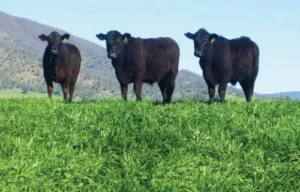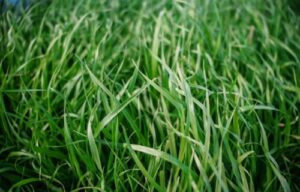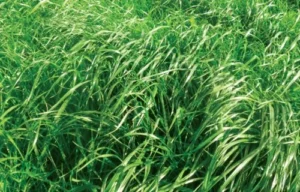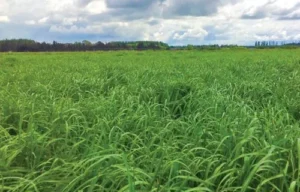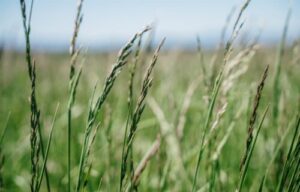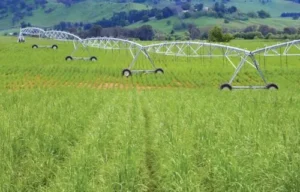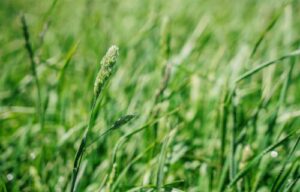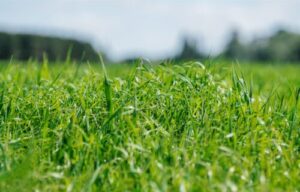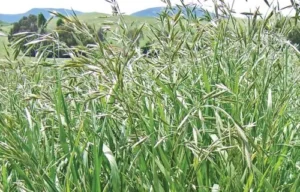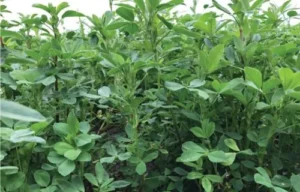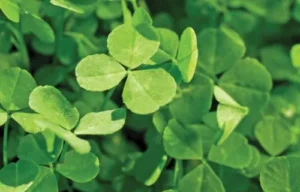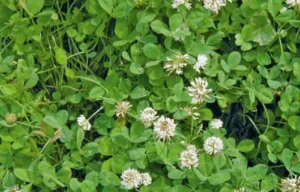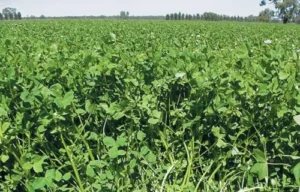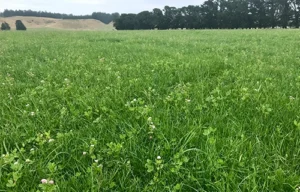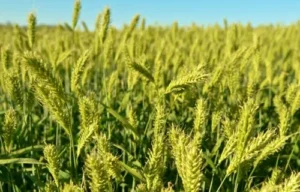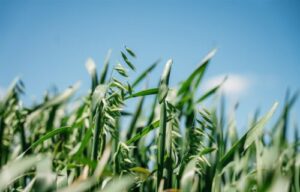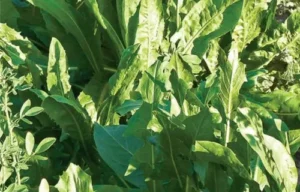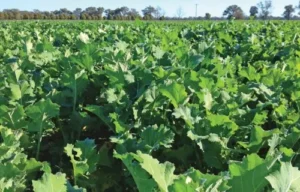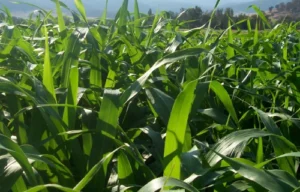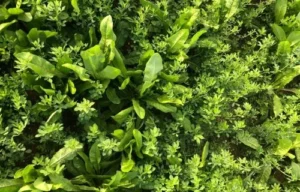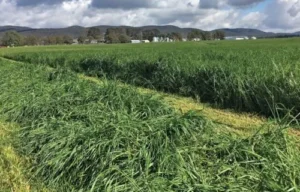Blast
Annual Ryegrass
Blast is bred for the Australian cattle and sheep market. It is a late-maturing, highly productive and extremely hardy tetraploid annual ryegrass.
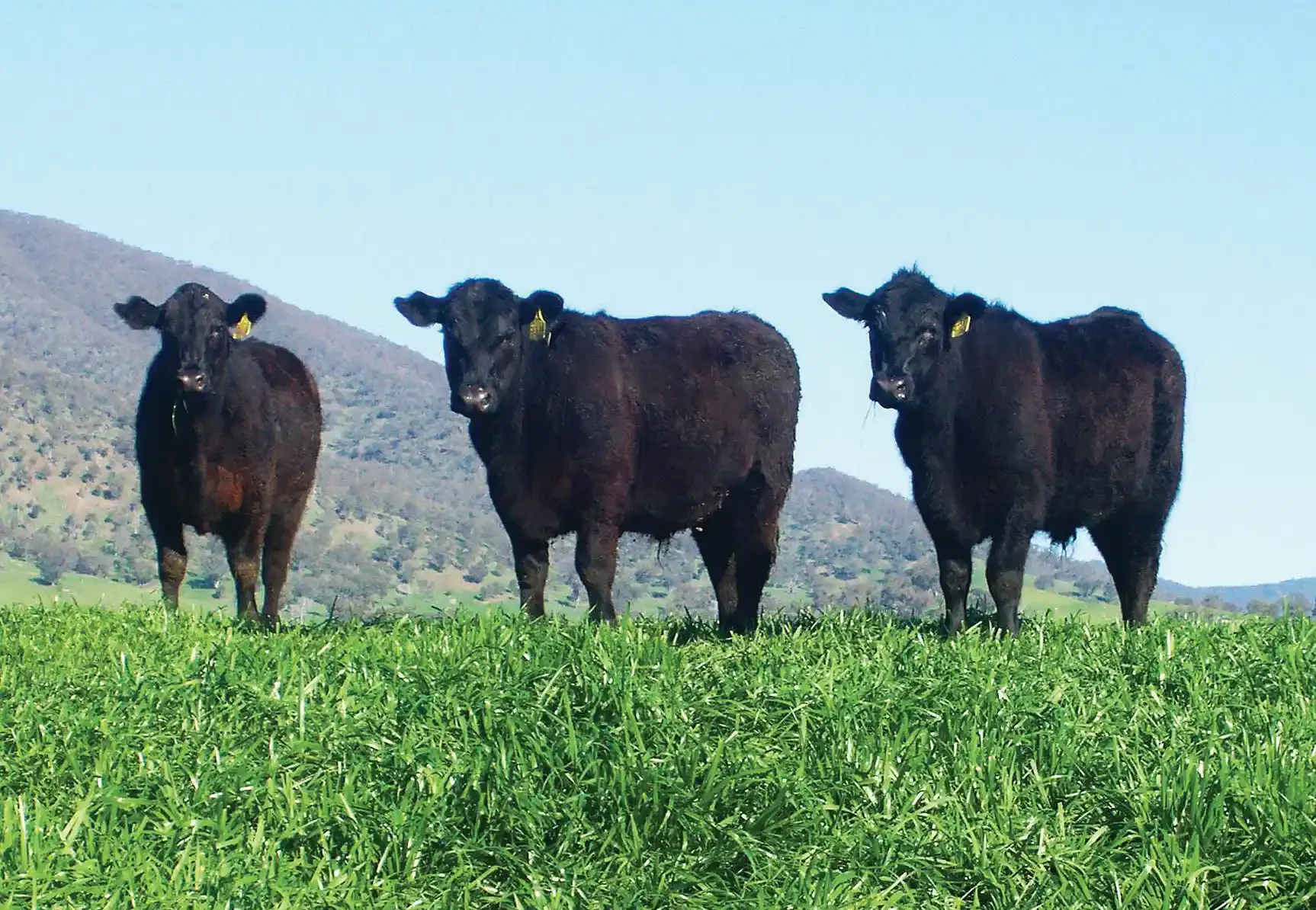
Scientific Name

Lolium multiflorum
Ploidy

Tetraploid
Sowing Rate

25 – 30 kg/ha
Blend Rate

5 – 15kg/ha
Seed Size

200,000-300,000 seeds per kg
Source: Pasture varieties used in NSW 2006-2007, Bev Zurbo, 2006
Maturity

Mid
Blast is a mid-flowering variety designed to produce DM later into the season than
Tetila-type varieties.
Days to flowering relative to Nui (0) = +7 days
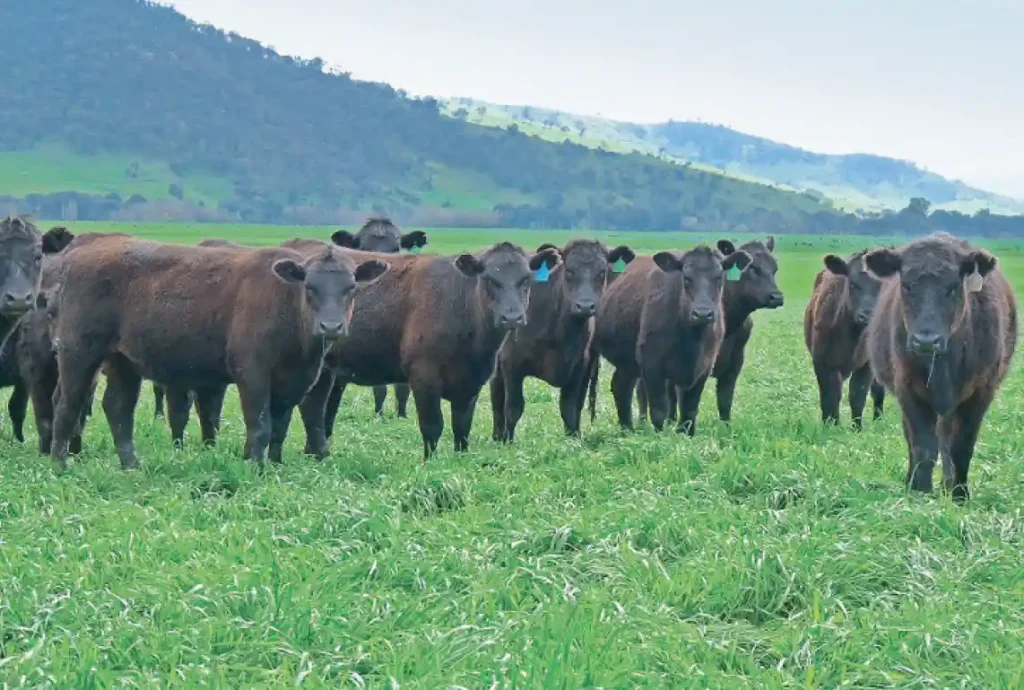
Key Features
Provides abundant winter/spring feed
High quality and very palatable feed
Excellent choice to oversow run-down pastures
Ideally suited to hay and silage production
Plant Characteristics
Broadleaf tetraploid
High tiller count
Excellent leaf-to-stem ratio, i.e. very leafy
Where can I grow it?
Medium to high rainfall zones
Suitable for irrigation or dryland
Frequently Asked Questions
Soil Type
Blast is well adapted to a wide range of fertility levels and soil profiles but performs best in well-drained loam. To maximise stand productivity, soil testing is advisable. Analyse soil and neutralise deficiencies with fertiliser and/or lime.
Fertility
Good base rates of phosphorus are necessary for maximum DM production especially during the establishment phase. DM production is directly related to nitrogen availability. Consult your UMS agronomist or fertiliser advisor for nitrogen application rates.
Sowing
Sow at 25-30kg/ha alone or 5-15kg/ha when a component of a pasture blend. Sow seed no deeper than 1cm in a fine but firm seed bed. Sow into bared ground if direct drilling. Lightly harrow and roll to improve germination. Suitable for oversowing into an established stand. Pasture productivity is directly related to successful plant establishment.
Disease and Pest Management
During emergence it is essential to monitor regularly for damage from insects such as RLEM and lucerne flea, and spray as required. Inspect during early stand life for populations of black-headed cockchafer and slugs. Contact your UMS agronomist for spray application rates.
Weed Control
Blast seedlings germinate quickly and are very competitive once established. Always use a knockdown herbicide to ensure you are sowing into a clean seedbed. Monitor for post emergent weeds and spray as required. Use options such as spray-grazing for broadleaf weeds.
Grazing
Do not graze Blast until the plant is well anchored and root depth is established. Carry out a quick in-paddock ‘grab test’ by hand to ensure stock cannot pull plants out of the ground. Blast should be rotationally grazed to maintain 2-3 leaves per tiller. If the stand is allowed to grow beyond the three-leaf stage, it may run to head earlier and there will be a proportional reduction in quality and productivity.
Feed Quality
Annual tetraploids, such as Blast, have 4 sets of chromosomes per
cell resulting in bigger, darker leaves. This increased cell size has a higher sugar and moisture content which is more palatable and digestible than diploid varieties.
Animal Health
To optimise livestock weight gain and health, ensure livestock are vaccinated and drenched. To prevent nutritional problems, make gradual diet changes when introducing hungry stock to lush pastures. Contact a UMS agronomist for more information.

